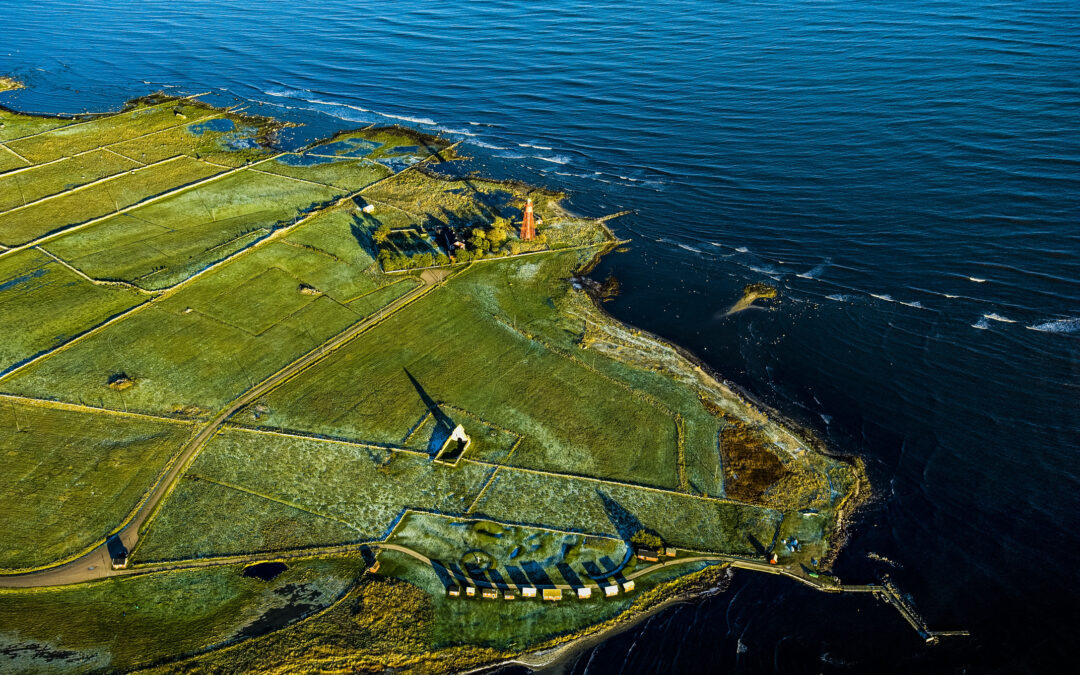Polish divers have found the wreck of a 19th-century ship at the bottom of the Baltic Sea. Although the wreck itself is relatively unremarkable, the divers say it contains valuable cargo, including over 100 bottles of champagne as well as other types of wine, porcelain and mineral water.
The divers explored the waters around 20 nautical miles off the Swedish island of Öland after hearing from local fishermen that sonar suggested there might be something interesting at the bottom of the sea. They discovered a 16-metre-long sailing ship lying at a depth of 58 metres.
As the wreck is in Swedish waters, they have not yet recovered it or its contents and are waiting for the relevant permits to carry out further research.
“The ship itself was uninteresting as it was an ordinary sailing ship for transporting cargo from the mid-19th century, but on the bottom, we found crates of champagne, wine, china for trade and baskets of earthenware,” Tomasz Stachura, who led the search, told broadcaster Polsat.
The ship was “stuffed to the sides” with cargo, Stachura added in a Facebook post. “There was so much of it that it was difficult for us to assess the quantities. But we certainly saw more than 100 bottles of champagne,” he added.
The divers initially thought the earthenware bottles contained beer, but after taking and examining pictures of the name stamped on the bottles, they discovered that they contained mineral water from the Selters water company, which still exists today in southern Germany.
Mineral water was believed to have medicinal-like properties in the 19th century, and few could afford to buy it.
Sorry to interrupt your reading. The article continues below.

Notes from Poland is run by a small editorial team and published by an independent, non-profit foundation that is funded through donations from our readers. We cannot do what we do without your support.
The ceramics factory that produced the water bottles also still exists today. The divers are in contact with it to try to get a better idea of the history of the sunken cargo.
Historians advising them have managed to establish from the shape of the bottle stamp that the ship might have made its final, fateful trip between 1850 and 1867.
Stachura’s team believe that further valuable items may still be hidden within the wreck but they cannot be accessed without permission from the Swedish authorities for further exploration.
“When diving on such wrecks, especially in Swedish waters, we cannot touch anything,” Marek Cacaj, one of the divers who made the discovery, told Polsat. “[But] nowadays, we have modern tools such as photogrammetry, where we can visualise the whole wreck with cameras.”
Main image credit: L.G.foto/Wikimedia Commons (under CC BY-SA 4.0)

Alicja Ptak is deputy editor-in-chief of Notes from Poland and a multimedia journalist. She has written for Clean Energy Wire and The Times, and she hosts her own podcast, The Warsaw Wire, on Poland’s economy and energy sector. She previously worked for Reuters.



















